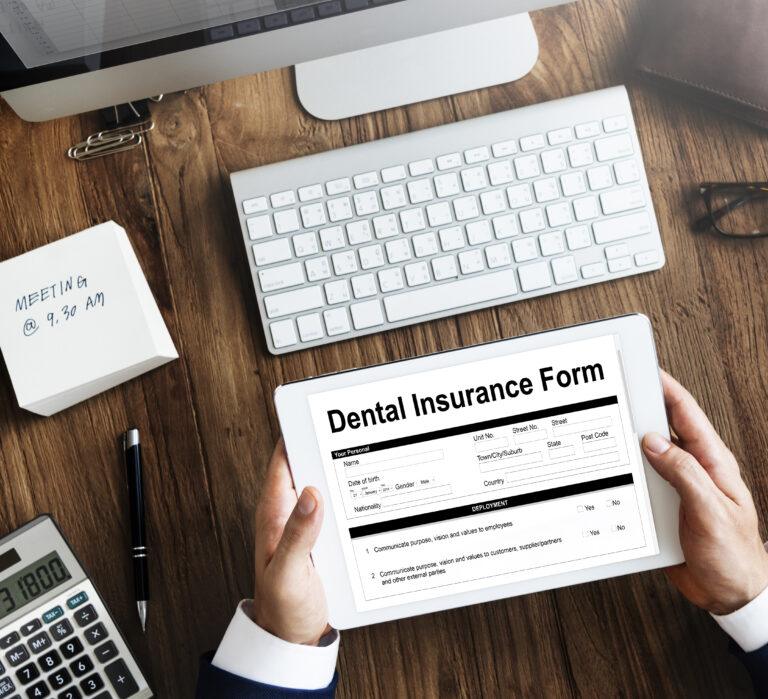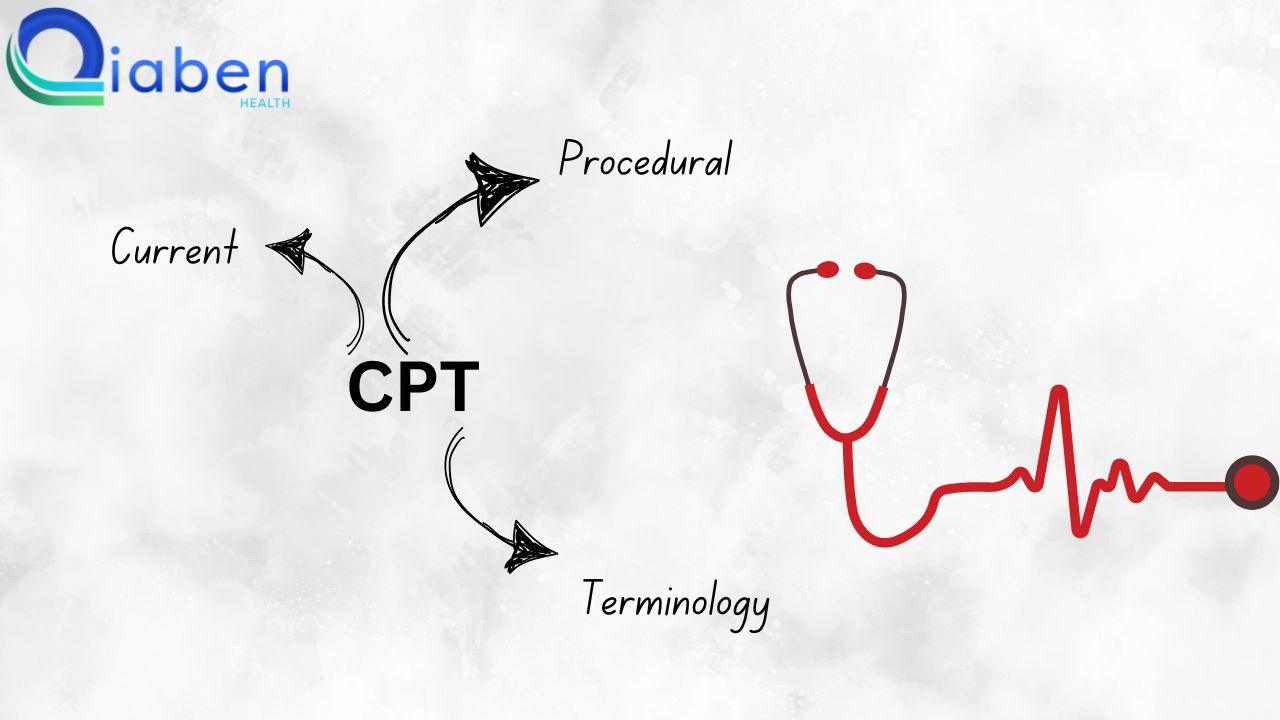At first, dental billing can be overpowering and difficult. If we understand the proper tactics and knowledge about billing, it seems more flexible to work on that. In this blog we are going to see about how to use dental billing in a successful way:
1. Understanding the basics of dental billing
The first step to simplifying dental billing is understanding the core components. Coding, submitting claims, processing payments, and communicating with insurance companies are all parts of dental billing. The three key areas to focus on include
Procedure codes: The codes that are used to identify the dental services that are provided are known as procedure codes. The ADA (American Dental Association) assigns unique codes for every procedure.
Insurance Claims: Submitting accurate claims to insurance companies is crucial to get reimbursed on time and without errors.
Patient Statements: After insurance reimbursement, patients receive statements for any outstanding balances.
2. The Effectiveness of Accurate Coding
Accurate dental codes are essential for getting reimbursed without delays or rejections. Using the correct codes ensures that the insurance companies understand the procedures being done and can process claims without confusion.
For instance, understanding the distinction between the D1000 and D2000 codes for restorative procedures and preventive services can significantly improve billing accuracy. Ensuring that each procedure has its appropriate code will help avoid costly billing mistakes

3. Getting the Most Out of Insurance Payments
Dental practices can often face challenges with insurance claim reimbursements. To simplify this process:
Verify Insurance Information: Always verify the patient’s insurance details before the appointment. This includes confirming eligibility, benefits, and coverage.
Understand the Insurance Policies: Each insurance provider has its own set of rules, limitations, and exclusions. Familiarize yourself with these policies to avoid claim denials.
Timely Submission: Submitting claims quickly helps ensure that your practice gets paid sooner. Most insurance providers have time-sensitive claim periods, and missing these deadlines could lead to denials.
4. Implementing an Efficient Workflow
A streamlined billing workflow can save your team time and effort.
To streamline the dental billing process, consider the following suggestions: Make use of dental billing software to speed up the billing process and reduce the likelihood of human error by automating numerous tasks. Look for software that works with your practice management system seamlessly.
Track Claims Progress: Keep track of the status of each claim and ensure follow-ups are done promptly if necessary. This expedites the management of denied or pending claims.
Train Your Team: Having a well-trained billing team ensures that the billing process runs smoothly. Regular training on coding, claims processing, and insurance rules will improve accuracy and efficiency.
5. Avoiding Common Billing Mistakes
Certain errors can slow down the billing process or result in rejected claims. Here’s how you can avoid common mistakes:
Incorrect Coding: As mentioned earlier, using the wrong codes can lead to claim denials. Double-check each code to ensure it matches the procedure performed.
Missing or Inaccurate Patient Information: Ensure that the patient’s details, such as name, date of birth, and insurance number, are accurate. Inaccurate information can delay or reject claims.
Not Responding: Even if a claim is initially accepted, additional steps may be necessary to receive full payment. Follow up on claims until the payment is received rather than putting them in limbo.
6. How Easing Billing Can Cut Costs
A simplified billing process can save your dental practice a significant amount of money. Here’s how:
Reduced Errors: Fewer mistakes lead to fewer claim denials, which means less time spent correcting errors.
Faster Payments: An efficient billing system helps ensure that you get paid more quickly, improving your cash flow.
Lower Overhead Costs: By automating aspects of the billing process, you can reduce the need for a large billing department, cutting overhead costs.
7. How to Get the Most Out of Your Dental Billing
To truly succeed in dental billing, follow these best practices:
Maintain Current Documentation: Continuously update all necessary documentation, including X-rays, treatment plans, and patient notes. This supports your claims and reduces the risk of denials.
Review Policies : Changes to insurance policies should be reviewed on a regular basis, and your billing procedures should be adjusted accordingly.
Communicate with Patients: Clear communication with patients about their financial responsibilities can prevent misunderstandings and ensure timely payments.
When necessary, outsource: If managing dental billing internally takes too much time, you might want to outsource it to a reputable billing service. This can help reduce your workload while ensuring claims are processed accurately and promptly.
Conclusion
A crucial step toward maximizing your practice’s efficiency and profitability is to simplify your dental billing procedure. By implementing accurate coding, automating workflows, avoiding common mistakes, and following best practices, you can save time, reduce errors, and increase your reimbursement rates. With the right approach, dental billing can become less of a burden and more of a strategic asset to your practice.
Remember, staying organized, keeping up with insurance policies, and investing in the right tools and training are the keys to unlocking the secrets of dental billing success. Simplify, save, and succeed—your practice will thank you for it.








